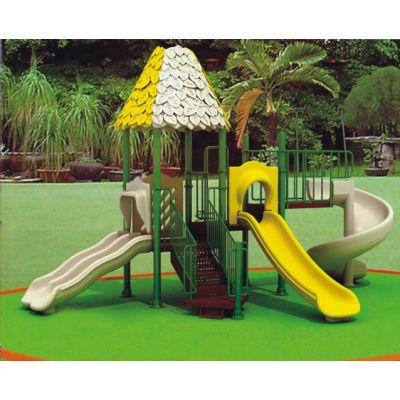How to realize low odor of PP modified plastics
The automotive industry has increasingly stringent requirements for automotive interiors, such as lower odor requirements. The choice of raw materials is the key to achieve low odor in automobile interior. As a major modified material commonly used in automotive interiors, how can PP achieve low odor?
Source of odor
Polymerization stage: residues of monomers, catalysts, emulsifiers, by-products, oligomers, etc. in the composition process of raw materials.
Modification stage: volatile small molecular compounds produced by the decomposition reaction of materials, additives and fillers in the formula.
Molding stage: small molecules caused by material degradation due to screw shear during injection molding.
Key to control odor of modified PP
Resin screening, filler selection, processing aids combination, molding and post-treatment process.
Effect of resin screening on odor
Peroxide method has many residues, poor controllability and high odor. The hydrogen conditioning method is not rated for adding substances, and the odor is low. Low molecular weight, wide distribution, many small molecules, large odor, and vice versa. However, the molecular weight and distribution have an impact on the molding, so it is necessary to consider and select appropriate materials. Liquid phase, body, gas phase liquid phase + gas phase; The effects of different polymerization methods, ring tube and kettle processes on odor are discussed in the review. The content of comonomer PE in copolymerized PP, the content of rubber phase in pp/pe and the effect of viscosity of rubber phase on odor are also commented.

Influence of filler selection on odor
As a filler, the silicon content and ignition loss of talc powder have an impact on the odor. Talc powder with different particle size and distribution may also affect the shear strength of the screw on PP, and then affect the odor. Metal ions such as copper and iron in talc powder can catalyze and promote the degradation of PP.
Effect of processing aids on odor of composites
The additives commonly used in polypropylene processing include hindered phenol and phosphite antioxidant, thioester heat stabilizer, hindered amine light stabilizer, stearic acid lubricant, etc. On the one hand, the participation of these additives can prevent the degradation of polypropylene in the processing process. On the other hand, if the mixture is improper or the purity is not high, the additives themselves will degrade some small molecules and then distribute them as odor.
The main products of hindered phenolic antioxidant pyrolysis are 2-tert-butyl-benzyl alcohol, methyl phenol and ethyl phenol.
The main products of thermal cracking of phosphate antioxidant are benzene and toluene.
The main products of hindered amine light stabilizer during thermal cracking are piperidine sundries.
Influence of molding and post-treatment on material odor
Drying temperature, drying time, cooling time, on-line cycle drying post-treatment will all affect the odor attack.
Functional additives reduce material odor
During the extrusion process, functional additives release useful components to form microbubbles under the action of heat and shear, and then wet small molecular substances are used to break the microbubbles at the vacuum pumping position at the rear end of the extruder, and the small molecular components contained in the microbubbles are extracted from the extruder.
Source: Jiangmen engineering plastics http://yzw188.cn/
-
04-13
PVC Engineering Plastics: how PVC plastic pipes are formed
The forming process of PVC plastic pipes should start from the raw materials of PVC plastic granules, which can be divided into soft PVC and hard PVC according to the added amount of stabilizer, plast
-
11-12
What is the filling property of Jiangmen engineering plastics
What is the filling property of Jiangmen engineering plasticsIn recent years, PC modified plastics have developed rapidly in China, and its industrial system is gradually established and improved. Th
-
10-08
Jiangmen Engineering Plastics: how to classify Jiangmen engineering plastics?
How to classify Jiangmen engineering plastics? 1. Classification by application characteristicsAccording to the different application characteristics of famous plastics, plastics are usually divided
-
08-30
Application scope of PBT engineering plastics
PBT engineering plastics are widely used in electronics, car industry, office machinery and other fields. In Japan and the developed countries in Europe, PBT engineering plastics are mainly used in t